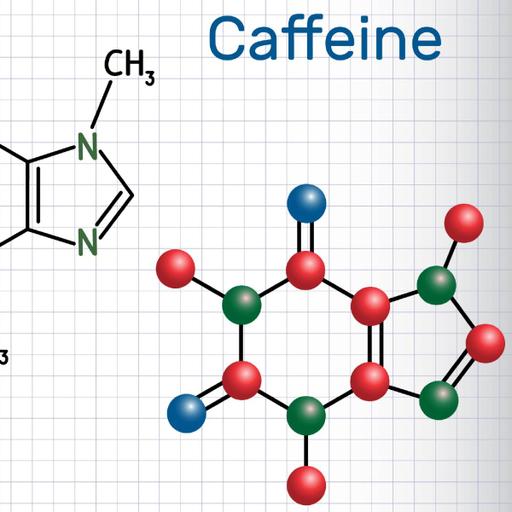Introduction to Alkaloid
Presentations | English
The term ‘alkaloid’ is commonly used to designate basic heterocyclic nitrogenous compounds of plant origin that are physiologically active. Alkaloids are a huge group of naturally occurring organic compounds which contain nitrogen atom or atoms (amino or amido in some cases) in their structures. These nitrogen atoms cause alkalinity of these compounds. These nitrogen atoms are usually situated in some ring (cyclic) system. They are a class of basic, naturally occurring organic compounds. It contains atleast one nitrogen atom. This group also includes some related compounds with neutral and even weakly acidic properties. Some synthetic compounds of similar structure may also be called alkaloids. In addition to carbon, hydrogen and nitrogen, it may also contain oxygen, sulphur and sometimes other elements such as chlorine, bromine and phosphorous. Alkaloids are generally colourless, crystalline and non-volatile liquids and are bitter in taste. Alkaloids are generally insoluble in water but soluble in alcohol, ether or chloroform. The presentation will help you to understand the topic in detail.

10.75
Lumens
PPTX (43 Slides)
Introduction to Alkaloid
Presentations | English
